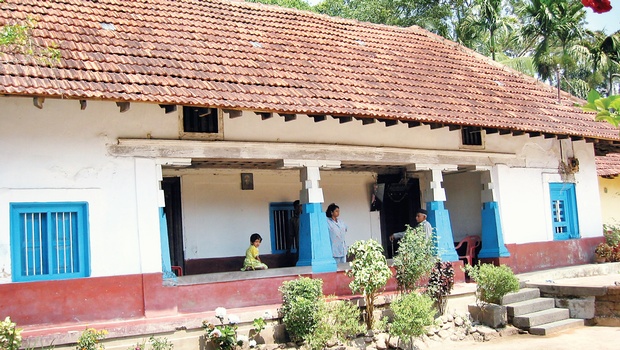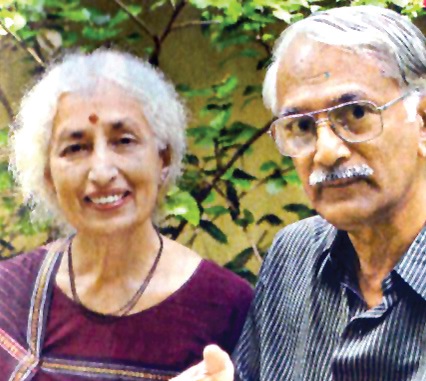Bengaluru :
An 81-year-old statistician in the city, along with her husband, is on a mission to preserve, protect and promote the Kodava culture. The Kodavas are an ethno-lingual community from Kodagu.
“As we went around Kodagu, we noticed many homes in a dilapidated situation and thought why not document this important element of our tradition to help preserve them,” says Nanjamma Chinnappa, who travels with her husband Boverianda Chinnappa, 82, for the project.
This extensive field work saw them cover around 434 ainmanes (traditional houses) of the Kodavas besides around 250 of 15 other communities like the Goudas, Heggades and Gollas, which account for about 40% of the ainmanes that once stood.
Ainmanes are the ancestral homes of the native communities in Kodagu, with unique architectural styles.
“Our criteria in considering a house as an ainmane was that it should have a traditional structure and be functional. Functional in the sense that it should be where the family members continue to come together for festivals like annual offerings to ancestors, ‘Puthari’, ‘Kail Poldu’ and ‘Kaveri Changrandi,'” the Coorg Person of the Year – 2006 explains.
Nanjamma has a Masters degree in Statistics from the Madras University and a post-graduate degree in Statistics from the Indian Statistical Institute, Kolkata. She was a visiting fellow at the University of Cambridge, England.
After 20 years of service in the Canadian Federal Department of Statistics, she retired in 1995 as the Senior Statistical Advisor.
Her husband, a mechanical engineer, was working as a consultant in Canada.
Nanjamma and Chinnappa moved to their native Kodagu after retirement and translated their grandfather Nadikerianda Chinnappa’s book, Pattole Palame into English. Pattole Palame includes the customs, traditions and folk songs of the Kodavas. Their translation was published in 2003.
“Our grandfather in the 1920’s sensed the impact of English would lead to Kodavas forgetting our traditional folk songs. So, he decided to translate them into English for the benefit of the coming generations,” says Nanjamma.
Nadikerianda passed away before he could finish the translation work, which is when the couple took over the project.
Their translation, was the fruit of nearly eight years of work, consulting elders and singers of folk-songs in many parts of Kodagu.
It was this field experience that prompted Nanjamma and Chinnappa to work on their second book Ainmanes of Kodagu.
The publishing of the book also led the Kodava duo to moot the idea of starting a website – www.ainmanes.com.
The objective of the website is to document the current status of the traditional ainmanés of all the communities in Kodagu and thereby contribute to the archival records of the heritage and oral history of the people.
“We realised that it is extremely difficult to document information and the photographs of all the ainmanes in a book. We wanted this work to be available to the people in our lifetime,” adds the 81 year-old statistician.
The Chinnappas have had a great response to their efforts on the website. “At least 40-50 people have personally written to us appreciating our work,” say the researcher-couple.
source: http://www.newindianexpress.com / The New Indian Express / Home> Cities> Bengaluru / by Jijo Jose / August 30th, 2016



